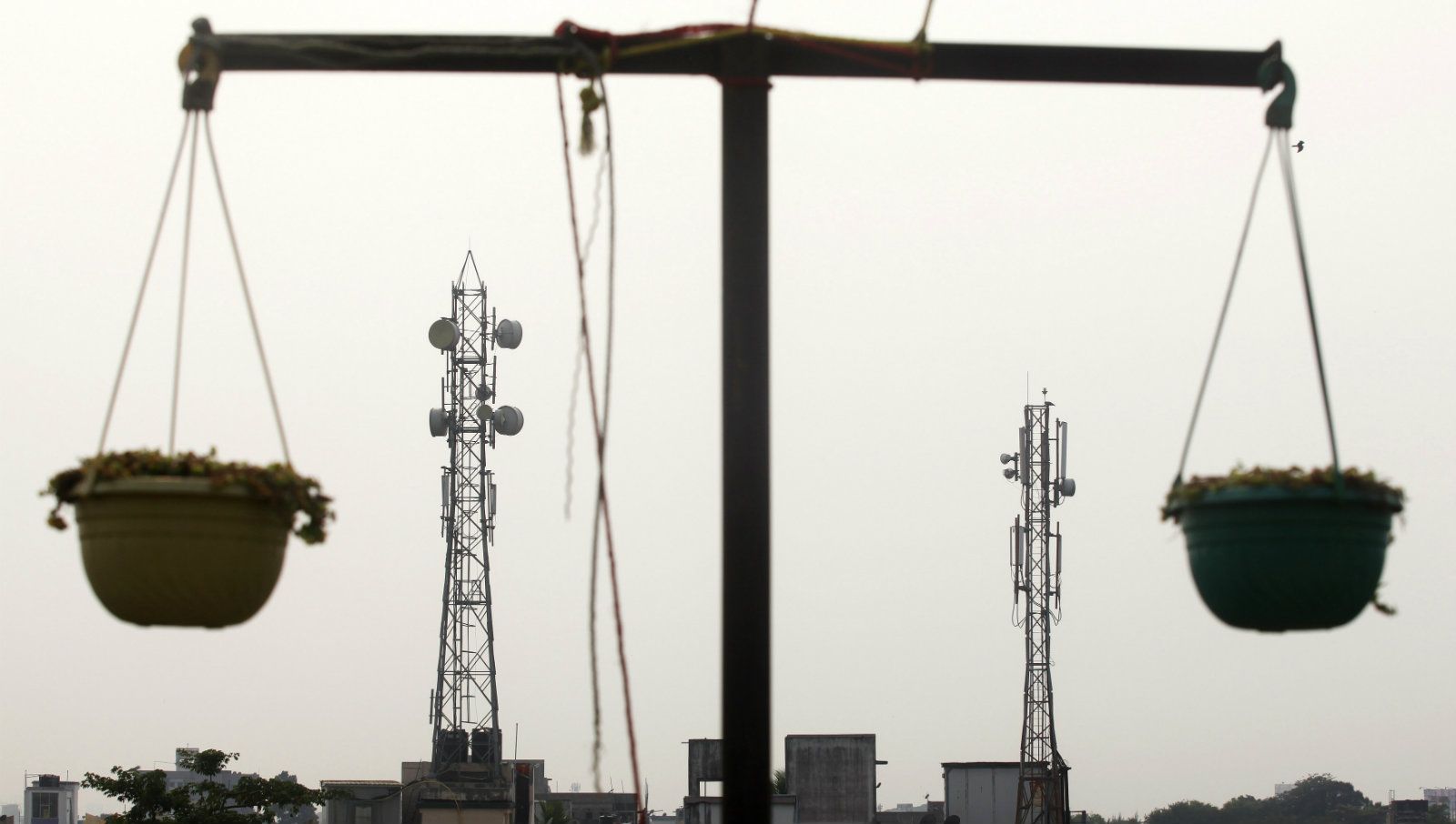Telecom Auction
November 27, 2016 | Expert Insights

On 03 October 2016, the Government of India auctioned radio frequencies for 4G services and hoped to raise US$ 84Billion, from the sale. However, the auction ended on 7th October, with only US$ 9.8Billion in sale and more than 60% of the bandwidth offered. The 700 MHz band, for its lower cost of video streaming & mapping, was expected to provide 70% of the earnings; but did not attract a single bid. The lacklustre enthusiasm, stands in sharp contrast to the 2010 auction of 3G licenses.
Has Reliance Jio Squeezed Margins?
In September 2016, India’s richest man, Mukesh Ambani launched Reliance Jio. He invested US$ 20 Billion, in building the 4G network from scratch and is offering free services till the end of the year and cut-throat prices for data, thereafter. That triggered a price-war with Bharati Airtel slashing prices and Vodafone investing more, in its Indian subsidiary.
What is the Implication for the Industry?
With margins for operators being squeezed, investment in infrastructure is also getting curbed. At this juncture, customers may be feeling happy but it may not be a good thing, for the long-term. According to Industry sources, Indian Telecom companies have already borrowed US$ 61Billion and need to make more investments, particularly in rural infrastructure. The government might be partially responsible, by pricing the licenses too high.
Why did India’s 4G License Auction Flop?
In India, Mobile Internet Services are projected to reach 1Billion subscribers, in the next few years. However, prior investments in infrastructure, particularly in rural areas is required. The present system of auctioning spectrum licenses, may provide windfall gains to the government but provides no incentive for better telecom infrastructure and quality of services. As an alternative, to awarding licenses only on price bid, it may be more beneficial, if the auction involved the complete plan of the operator. Plans should be evaluated on multiple tangible parameters, such as investment in infrastructure, time for execution, quality of services besides license fee.
Sources: CNN, Wikipedia, Business Standard








Comments